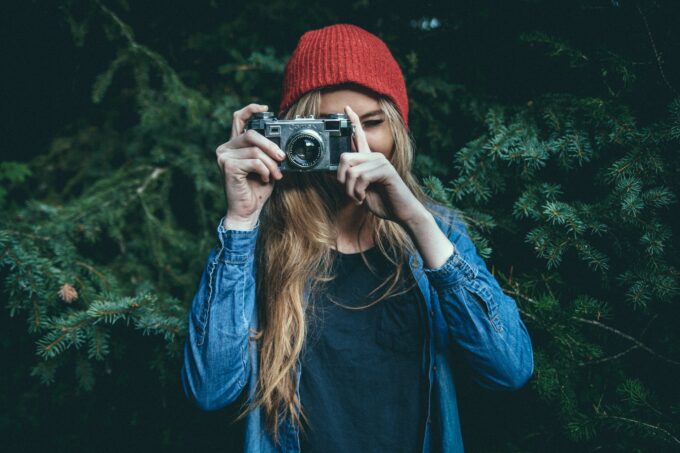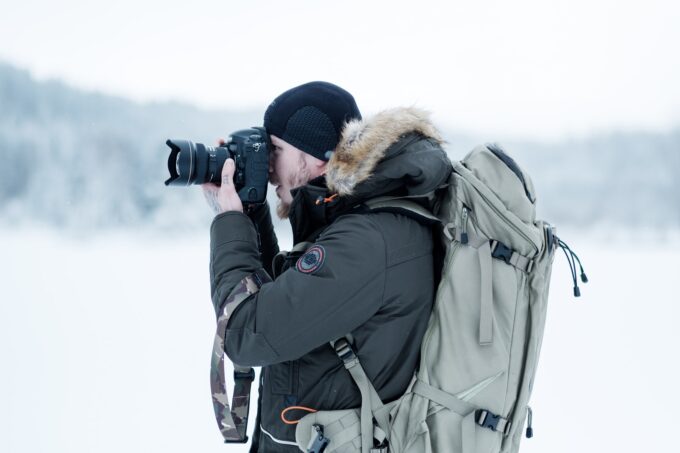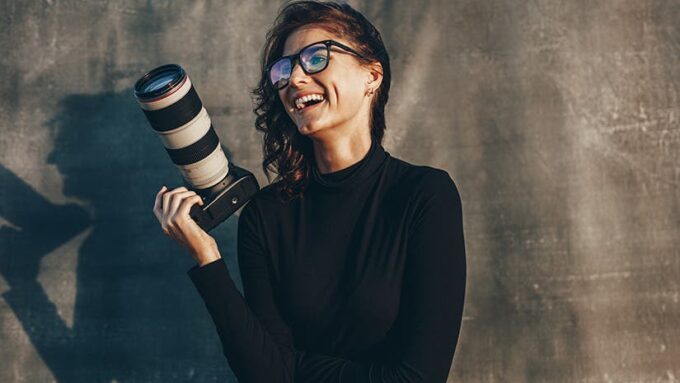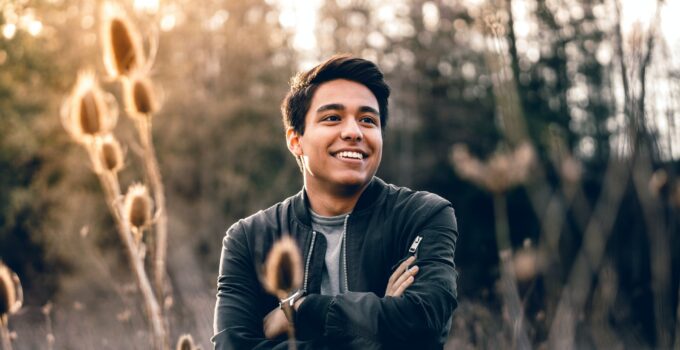Photography was created in the 19th century, but many scientists have found proofs of photography dating many centuries before. The first photographs were mostly factual notes of family portraits, possibly some family-related events. With the improvement of the technique and apparatus for photography, progress has been made both in the thematic and artistic sense. The so-called ‘theatrical photographs’ began to be made (these were portraits of actors, then portraits of famous people of that time, industrialists and well-to-do merchants …) Photographers slowly began to take an interest in landscapes, scenes from city life, interesting buildings, architectural masterpieces of that time…
In the seventies of the twentieth century, the interest in photography experienced a huge expansion and it imposed itself to the extent that it was included in the branch of art. It is now studied in art history, in parallel with painting, sculpture, architecture. Art photography deals with topics the same as painting and sculpture. The portrait, landscape and panorama, details of architectural elements, then genre themes are represented. Also, in addition to realism, photography has a variety of expressionist and surreal moments, incredible color and effects. Therefore, this medium is set aside to provide fantastic depictions, which other types of art cannot.
Portrait

Source: unsplash.com
Portrait has always been a great challenge for every artist. Of course, it is not necessary for a portrait to be made by an artist, excellent results are also achieved by amateur photographers, with a “good eye” and talent. Nowadays, mobile phones and their advanced high-resolution cameras, effects, filters, framing… anyone, even the little one, can make a good shot, regardless of the topic. Every selfie is a kind of portrait. At samyari website you can find out about different types of portrait and If the portrait is the domain of your interest, you can improve your skills of making it by following these advices:
Idea and inspiration
Some artists or amateur photographers have their own idea or are already inspired by something. Since ancient times, portraits differ and portraits were idealized ones. Unlike them, the Romans had realistic portraits, in which old age and struggles and difficult living conditions, toothlessnes, hunched over were seen… Their artists insisted on an absolute realistic portrait, but with psychological significance. They penetrated the lives of their models and their life circumstances. That is why it is important to decide in which way and whom you would like to portray. An incidental portrait is possible, which you will get by chance, while wandering around the city and seeing an interesting character in an interesting composition. Restrictions in art are unnecessary, but it is not out of place to know what you want to achieve, so the path to the goal is shortened.
Model

Source: unsplash.com
If you have hired someone to pose for you, depending on whether you are a professional or an amateur, you must have an adequate approach and explain to him what you intend and how you want him to pose and behave. Otherwise, you will not understand each other and the result will probably not be satisfactory. If you are making a portrait of a famous person, artist, writer, actor, politician … think of a way you would like to present it and whether he agrees with it, agree on the choice of wardrobe, hairstyle, color or black and white photography. Portraying a friend, family, children, younger person may not have that much professionalism, but if you want to get what you want, you have to make a plan and stick to it.
Lighting
Properly illuminating the interior, the museum setting, the city is an art. This also applies to lighting during photography. You can use daylight, but too much sunlight, on a summer day can be counterproductive. So, dimmer light, shadows, brownish yellow tones, a ray of light through the window … all this softens and softens the face and makes it deeper, more spiritual and more poetic. Eyes, which are often a key part of the portrait, can be especially highlighted by lighting, although this may not always be the case. The portrait can also be from a profile or half profile. If you want to emphasize only someone’s eyes, it is advisable to get close to him, it is more effective than zoom. Try to get the right emotion out of your face, be it joy, thoughtfulness, sadness… This is sometimes only possible with the right lighting. Experiment and find your own way.
Background

Depending on whether you are in the interior or exterior, the background will be different. If you are in a pro studio, you have professional backgrounds, mostly blue or brown. There you also have lighting, filters and everything you need. But if you are in a room or if your model is part of an urban or rural, perhaps seascape, then make sure that the background gives a certain meaning and color to your photo. The turbulent sea will be a great symbol for the portrait of a person struggling with his thoughts, who is upset and committed to his own dilemmas. Someone who sits in an armchair and reads or looks out the window, and behind are books, flowers, paintings … reflects a calm atmosphere, peace and pleasure. So, the background is not only an adequate color, but also the landscape, the objects that are there. Everything in a portrait usually has its own symbolism. Even when it comes to a random event, a moment, a talented photographer will recognize a good composition, which gives meaning to the whole situation.
Get closer
Many famous photographs failed, solely because the photographer was too far away. Try to get closer to the model, to fill his face with the whole frame and to find the best angle and facial expression. Try more expressions and poses, and sometimes you won’t even need a background. You can make a close-up portrait of someone’s face, similar to early Hollywood photos of movie stars.
Equipment

Source: adorama.com
It would not be good to be surprised by the lack of equipment at a crucial moment. You may need a variety of lenses and filters, so be prepared in time. Think about the way you want to take photos and prepare what you need. It is extremely unprofessional and rude to invite someone to pose for you without being technically ready.
Practice
Nowadays, it is no problem to carry the camera with you and constantly record the world around you. Sometimes it will be an interesting face, sometimes an event, sometimes a good composition… Since cameras are digital and film and film development are a thing of the past, practice your eye, hand, skill by photographing often. This way you will discover what inspires you the most, and in which topics you are the best. And it’s a kind of training, like any other, and it will bring you fitness and experience.
Conclusion:
Photography, as an artistic expression, has received its recognition and dealing with it is a great pleasure and challenge. There is nothing obliging you to deal with just one topic, or the way you take photos. You can always change your style, push the boundaries and explore new ways to express your spirituality, talent and artistic approach. Participate in joint exhibitions, send your photos to magazines and galleries, compare your work with famous photographers and amateurs. Analyze your mistakes and your successful photos and you will find your way and style in art.







